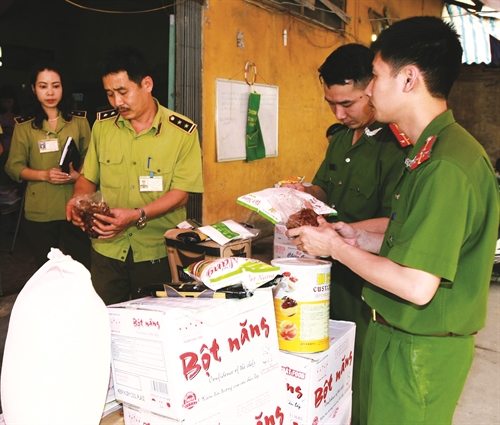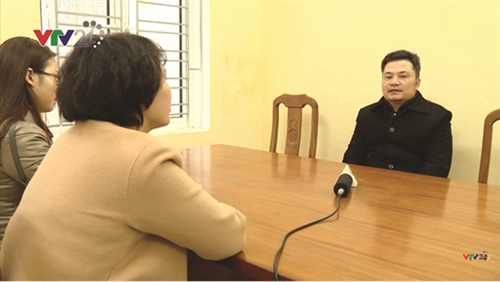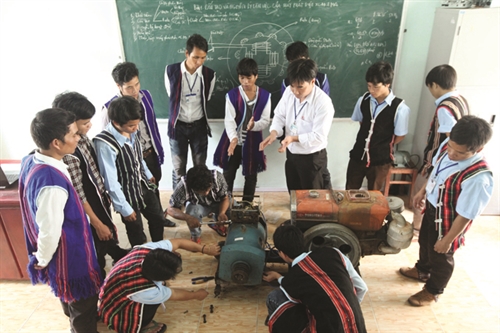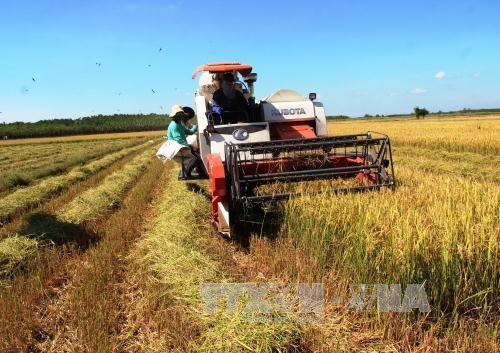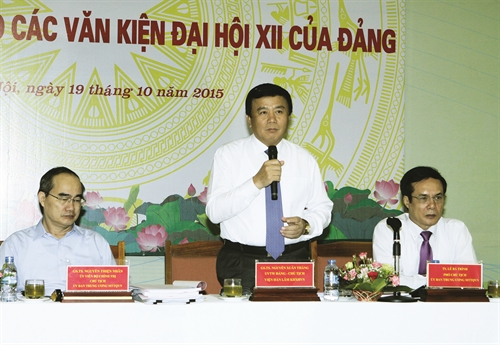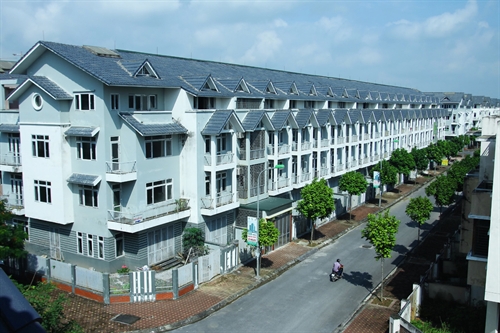Although BOT investment has largely helped improve the country’s transport system in recent years, this form of public-private partnership has revealed numerous problems which should be promptly addressed, found a conference in Hanoi this month.
From 2011 to 2015, the transport sector raised around VND 186.66 trillion (USD 8.33 billion) for 62 projects under BOT (build-operate-transfer) and BT (build-transfer) contracts, accounting for 42 percent of the total investment of these projects.
These figures were released at the conference held by the Ministry of Transport to review BOT investment in transport infrastructure during 2011-2015. This number included 26 project worth over VND 74.8 trillion (USD 3.35 billion) already in operation and 36 capitalized at over VND 111.85 trillion (USD 5 billion) now under investment. During 2011-2015, 18 other projects valued at over VND 37.2 trillion (USD 1.65 billion), which had been built before 2011, were also put into operation.
Economic benefits of transport infrastructure projects could be clearly seen after their operation, Transport Minister Truong Quang Nghia told the conference. BOT transport projects had helped meet transport needs, reduce traffic congestions and accidents and environmental pollution, boost socio-economic development in project areas and raise competitiveness of the economy, Nghia said. According to the Global Enabling Trade Report 2014 released by the World Economic Forum (WEF), the availability and quality of transport infrastructure of Vietnam ranked 74/138 in 2014, compared to 90 in 2012 and 103 in 2010.
BOT investment in the transport sector was necessary to improve the quality and effectiveness of public services, helping relieve the state budget burden, reduce the budget deficit and restructure investment, given the country’s limited budget and relatively high public debts, Nghia said, estimating some VND 1,039 billion would be needed for transport investment projects from now to 2020 but the state budget could afford only 11 percent of this amount.
Public-private partnership (PPP) investment also helped improve the quality of human resources in the public sector, reduce cost and raise competitiveness while gradually removing state monopoly, subsidy and protection, Nghia said.
But problems have also emerged from this new form of investment, including poor construction quality, mushrooming toll stations and lack of transparency in toll policy, resulting in public dissatisfaction with BOT projects.
 |
| Ground-breaking ceremony for BOT project to build 42km-long Dong Phu road in Binh Duong province __Photo: Dau Tat Thanh/VNA |
To gain the people’s support for BOT and BT projects, calculating the cost and choosing investors and contractors for these projects must be transparent, Deputy Prime Minister Trinh Dinh Dung told the conference.
He pointed to poor construction quality of BOT roads many of which reportedly had cracks and ruts right after they were open to traffic, causing not only traffic unsafety but public discontent.
Minister Nghia agreed there remained various problems in PPP investment, including lax management of toll stations and toll revenues, given an incomplete and inconsistent legal framework for this new form of investment.
BOT investment in transport infrastructure projects was more complicated than traditional investment forms, requiring harmonized interests of three sides - the State, investors and road users, Nghia said, stressing an appropriate approach by all stakeholders in BOT projects was essential for their successful implementation.
Nguyen Van Thanh, chairman of the Vietnam Car Transport Association, was concerned about a common practice that a toll station was set up on a road to collect tolls for another BOT project. In addition, many toll stations were too close and transport businesses and people have no choice but run on toll roads, Thanh told the conference.
There are now 88 toll booths on national roads nationwide, 20 of which are under 60 km away from one another, let alone 13 toll collection systems on expressways.
Thanh stressed the need to appoint an intermediary company to collect tolls rather than BOT investors. He also said the State should provide interest subsidies and site clearance support for BOT projects to reduce tolls.
Tran Dinh Thien, Director of the Economics Institute under the Vietnam Academy of Social Sciences, agreed collaboration between the State and investors was needed to ensure a toll level that benefited both investors and the economy. The State should step in BOT projects to ensure benefits of investors, businesses and the people in case the toll level was only beneficial to investors rather than the entire society, Thien said.
Nguyen Ngoc Bao, vice head of the Central Economic Committee, blamed on the absence of a master plan for PPP investment at the ministerial level and the incomplete legal framework for investors.
He suggested planning of BOT investment, especially in big cities, must ensure balance in forms of investment in different fields.
He also recommended to further study and improve mechanisms and policies for BOT projects toward diversifying funding sources at home and abroad, including a reasonable proportion of state investment, ideally around 20 percent.
Deputy Minister of Finance Vu Thi Mai told the conference public comments should be collected on the necessity and toll levels of PPP projects before their investment to create consensus in the implementation, avoiding public displeasure after the project completion. The more transparent BOT projects were right at the beginning, the more public consensus they would gain, she said.
Deputy Prime Minister Dung requested the Ministry of Transport to review its transport development strategies and planning and adopt complete, transparent and stable policies for PPP investment, particularly toll policy. He asked the Ministry of Planning and Investment to work out mechanisms to call for foreign investment in transport infrastructure.
Lucrative profits have lured many businesses to make BOT investment in transport projects in recent years.
Tasco, a major BOT transport investor, made an impressive after-tax profit of VND 79.8 billion, 119 percent higher than planned for the period.
Ho Chi Minh City Technical Infrastructure Company (CII), another transport infrastructure operator investing in BOT projects, earned VND 528 billion in 2014 and VND 592 billion in 2015 from tolls, making hundreds of billions of profits from these projects.
Duc Long Gia Lai Company also earned some VND 750 billion annually from its four BOT road toll stations, which is expected to yearly increase around 15 percent.
From now 2020, the transport sector is set to call for PPP investment in the construction of expressways with an aggregate length of around 750 km.- (VLLF)
